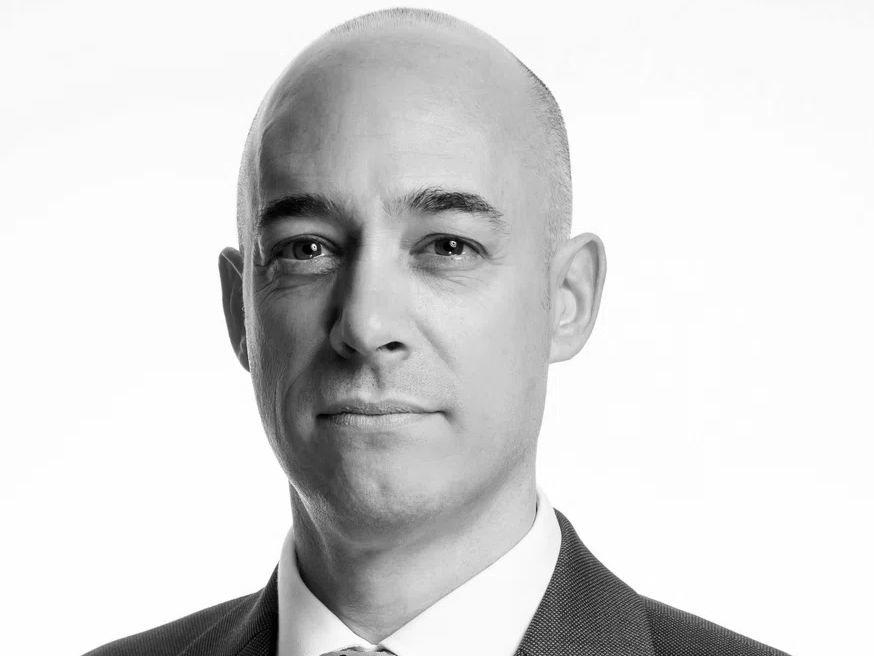Medical Liability Insurers Face Mounting Challenges Despite 2024 Surge in Profits

Medical professional liability insurers face growing underwriting challenges despite improved overall profitability, as rising claims severity and diminishing reserve redundancies create pressure on operating results, according to a report from AM Best.
The medical professional liability segment reported its second consecutive year of deteriorating underwriting results in 2024, with underwriting losses growing to $586 million from $395 million in 2023. This deterioration was primarily driven by growth in loss and loss adjustment expenses outpacing premium growth, along with a significant reduction in favorable prior-year loss reserve development, according to AM Best.
Despite these challenges, the segment’s net income soared by over 155% to $2.1 billion in 2024, fueled by a 22% increase in net investment income and substantial realized capital gains. As interest rates remained elevated, insurers took advantage of higher yields, with investment returns reaching 3.4% in 2024, up from 2.9% in 2023.
Premium growth has remained modest, with the AM Best medical professional liability composite reporting a 3.9% increase in 2024 direct premiums written to $9.5 billion, following increases of 3.2% in 2023 and 5.9% in 2022. This reflects moderate rate increases implemented to address rising reinsurance costs and underwriting losses, the report noted.
Mounting Challenges Threaten Future Stability
U.S. medical professional liability insurers face several significant headwinds that could impact future performance, according to AM Best. Claims severity continues to rise, driven by nuclear verdicts, social inflation, and ongoing challenges to established tort reforms across multiple states.
According to data cited in the report, medical liability cases accounted for 20.3% of all nuclear verdicts (those exceeding $10 million) in personal injury and wrongful death cases from 2013-2022, making them the third most frequent category behind product liability and auto accidents.
“Social inflation, life care plans, jury anchoring and litigation financing are often cited as contributing to the rise in excess verdicts, and jury attitudes are also trending in favor of larger damages awards for plaintiffs,” said David Blades, associate director, Industry Research and Analytics, AM Best. “As social inflation persists and results in higher ultimate incurred indemnity losses, underwriting results may be impacted further if pricing doesn’t keep up.”
Reserve redundancies, long a stabilizing factor for the segment, continue to decline with each additional year of data, the report noted. AM Best estimates that the industry’s 2024 calendar year-end booked net loss and loss adjustment expense reserves will prove to be redundant by $1.3 billion, a similar position to 2023. However, the report noted, “The $1.2 billion re-estimated redundancy for the 2023 calendar year-end reserves was reduced from the $2.4 billion initial estimate of redundancy provided in last year’s report.”
Changes to tort reform legislation across multiple states introduce further uncertainty, according to AM Best. In 2025 alone, states including Georgia, Arkansas, Montana, and Utah have enacted or considered significant changes to their medical liability laws, potentially altering the claims landscape in these jurisdictions.
The segment also faces challenges from third-party litigation funding, which the report indicates has grown “not only in occurrence but also in concern and controversy, as it remains largely unregulated, non-transparent, rife with potential conflicts of interest, and influences by outside parties on litigation strategies.”
Adapting to a Changing Landscape
Medical professional liability insurers are implementing various strategies to navigate these challenges. Many are focusing on premium adequacy and more cautious underwriting, particularly in high-risk specialties and litigious venues.
The industry is also embracing technological innovation to enhance risk assessment and operational efficiency. “Forward-looking insurers are being challenged to reinvent how they evaluate, price, and manage liability exposures,” the report states. “Rather than just selling protection, current players are becoming strategic partners—leveraging AI, real-time data, and external partnerships to deliver more proactive, bespoke solutions.”
Predictive analytics and AI are becoming increasingly important tools for claims management and underwriting, the report noted. These technologies allow insurers to analyze electronic health records, identify risky patterns, and forecast potential claims before incidents occur.
Despite these positive adaptations, AM Best expresses concern that “continued growth of net investment income and its impact on overall profitability may soften some carriers’ pursuit of more appropriate rate actions, which would be particularly concerning given the reduction in reserve redundancies seen over the past two years.”
Obtain the full report here. &










